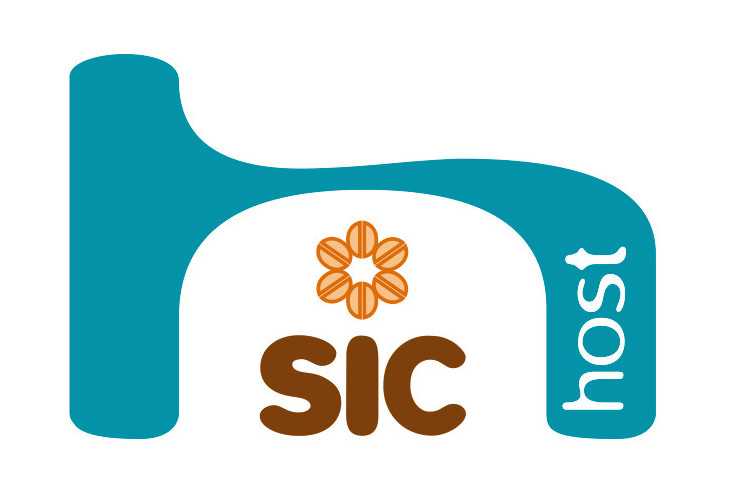MILAN, Italy – When it first came into being in the 1950s, SIC was housed in rooms at Milan’s Chamber of Commerce. At that time, the International Coffee Show was comprised just a small collection of bean-roasting concerns interested mainly in the local market. But small though that group was, it had great enthusiasm, aware as it no doubt was of the potential the sector had to offer.
That pioneering “mini commodity exchange” gradually grew in scope when it eventually joined Host, becoming an integral part of what is the leading fair for the professional hospitality industry, an event now considered the show for the international coffee market.
Several things enabled it to raise its status to such a high level. First of all its ability to involve all the players in the business: roasters, importers, manufacturers and traders from the whole world.
Then there was the constant, ever-present synergy with the other areas of Host: bar design and coffee-making machinery, the latter gradually becoming a crucial alliance in times of format hybridisation and fluid consumer trends.
And then there was the undisputed allure of Italian coffee, whose appeal stretches to the far-flung corners of the planet thanks to the ability of top firms to export their machinery to places as far afield as South Africa and Alaska.
And indeed SIC can perhaps take some of the credit for getting Italian coffee so well known around the world: the beverage is indeed one of the mainstays of Italian food and drink culture.
This status was seen particularly clearly at the recent edition of Host last October – a quite remarkable edition that took place in conjunction with Expo Milano, as the facts and figures show: exhibition spaces were up 40%, and all the big names were there: Goppion Caffè, Hardy, Hausbrandt Trieste 1892, illycaffè, Kimbo, Luigi Lavazza, Caffè Ottolina, Pellini Caffè, Torrefazione Portioli, Trismoka and Caffè Vergnano, alongside an interesting group of new roasting concerns from Italy and abroad, their eyes firmly fixed on the future.
One of the reasons why Sic and Host are such not-to-be-missed events is indeed their ability to herald new trends. “Trends,” says Paola Goppion, chief executive of Goppion Caffè, “that are very different outside Italy, varying also from country to country.
Italy still loves its i traditional espresso, drunk quickly at the bar. Paradoxically, though, the most interesting trends are being seen abroad.
We are already offering a blend for the filtered coffee, adding to the eight we already have for classic espresso coffee, and we are moving increasingly towards single-origin blends: one of the most interesting trends that looks set to develop coffee culture and help cultivate the tastes of the end consumer, who will gradually learn and appreciate what goes into an ‘ordinary’ well-made espresso.”
Green and speciality are the guidelines identified for the future by Alberto Maja, CEO of Hardy: “We are seeing an increasing interest in organic coffee, prefereably fair-trade and sustainable, as in the case of compostable capsules among both end consumers and (even more significantly) professional clients.
We are also seeing an evolution in the area of flavours. In Italy we are very attached to traditional espresso so we have always thought of specialty coffees as a passing fashion, but that area of the business actually has the advantage of spreading coffee culture, something we support through, among other things, highly specialised professional courses on coffee and cappuccino.”
So this is a market that is focusing on specialisation at a time when the raw material finds itself not only having to deal with increasing demand but also needing to overcome obstacles like the threats posed by climate change. In the years to come the coffee industry might need to draw increasingly on bio-science to help it continue to flourish.


















